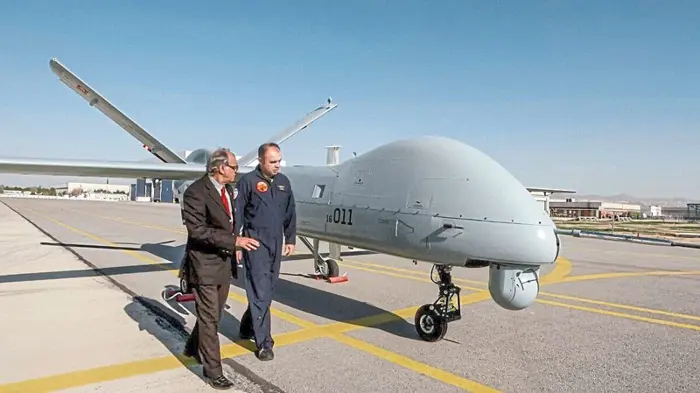COUNTRIES like Singapore and South Korea have integrated artificial intelligence-enabled surveillance, predictive logistics and cyber command structures into their militaries.
How does Malaysia’s cyber and AI modernisation trajectory compare with regional peers and strategic partners, and what best practices or models can be realistically emulated?
Institute of Strategic and International Studies Malaysia’s cyber and technology policy programme director Farlina Said says Malaysia is moving at its own pace, especially given fiscal, strategic priorities and policy considerations.
Best practices from efforts like Singapore’s Digital Defence and Nato’s DIANA (North Atlantic Treaty Organisation’s Defence Innovation Accelerator for the North Atlantic) “are the interlinkages between basic cybersecurity practices, the need to ensure system and society resilience is high in times of conflict and times of peace, in addition to the role R&D and innovation would play for force development”, she says.
“However, Malaysia would have to be prudent with adoption and projects so developments could grow at a measured pace.”
Farlina says AI can be employed in a number of ways to assist with decision-making and operational effectiveness.
“It can analyse images, detect threats, analyse data, conduct administrative tasks, generate efficient logistics suggestions, or support training in intuitive ways.
“As such, the military would have to develop the digital ecosystem and talent to operate and address these challenges.
“There are challenges in regard to talent, especially to train and sustain. Preparing for an AI-ena-bled or AI-combat ready proficiency does require preparing the ecosystem so it is capable of searching for and exploiting vulnerabilities which strengthens AI usage.”
But it may not absolutely change command structures, says Farlina.
“Battlefield dynamics for joint operations may have greater considerations for sovereignty, and experts have already noted the difficulty in shared assets for the digital ecosystem, especially on the interoperability of algorithms.”
Farlina says Malaysia has to consider both strategic and tactical goals in realising AI ambitions.
“Malaysia passed the Cyber-security Act last year which addresses protection of critical infrastructure. This also recognises the defence sector as critical thus mandating cybersecurity standards, processes and obligations in the supply chain.”
On the types of AI-enabled or cyber-resilient equipment that should be prioritised in Malaysia’s procurement strategy, Farlina says Malaysia “may be in a place for talent acquisition and development”.
However, she says Malaysia would have to consider the role of building or customising AI which could strengthen the armed forces’ ability to achieve goals during operations.
“Tactics and strategy can change with ICT because perhaps there are assets you would have to protect that may not have been there before. Mapping strengths, weaknesses and functions of AI within specific teams could be useful to understand interoperability.”
Reference : ‘Malaysia moving at own pace’ | The Star

